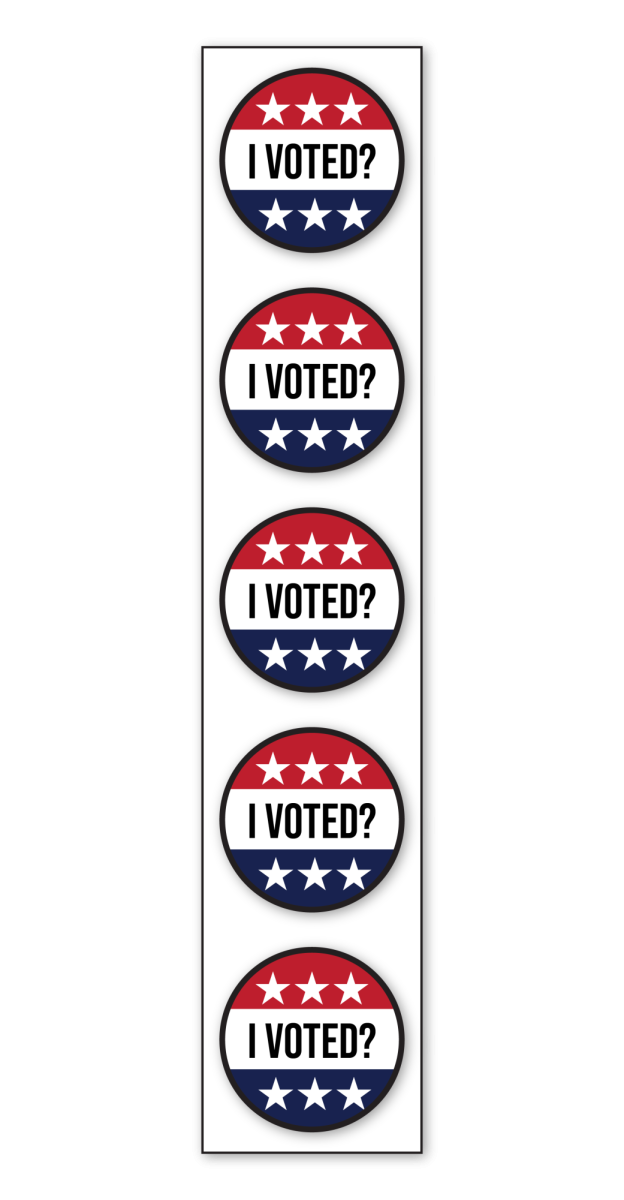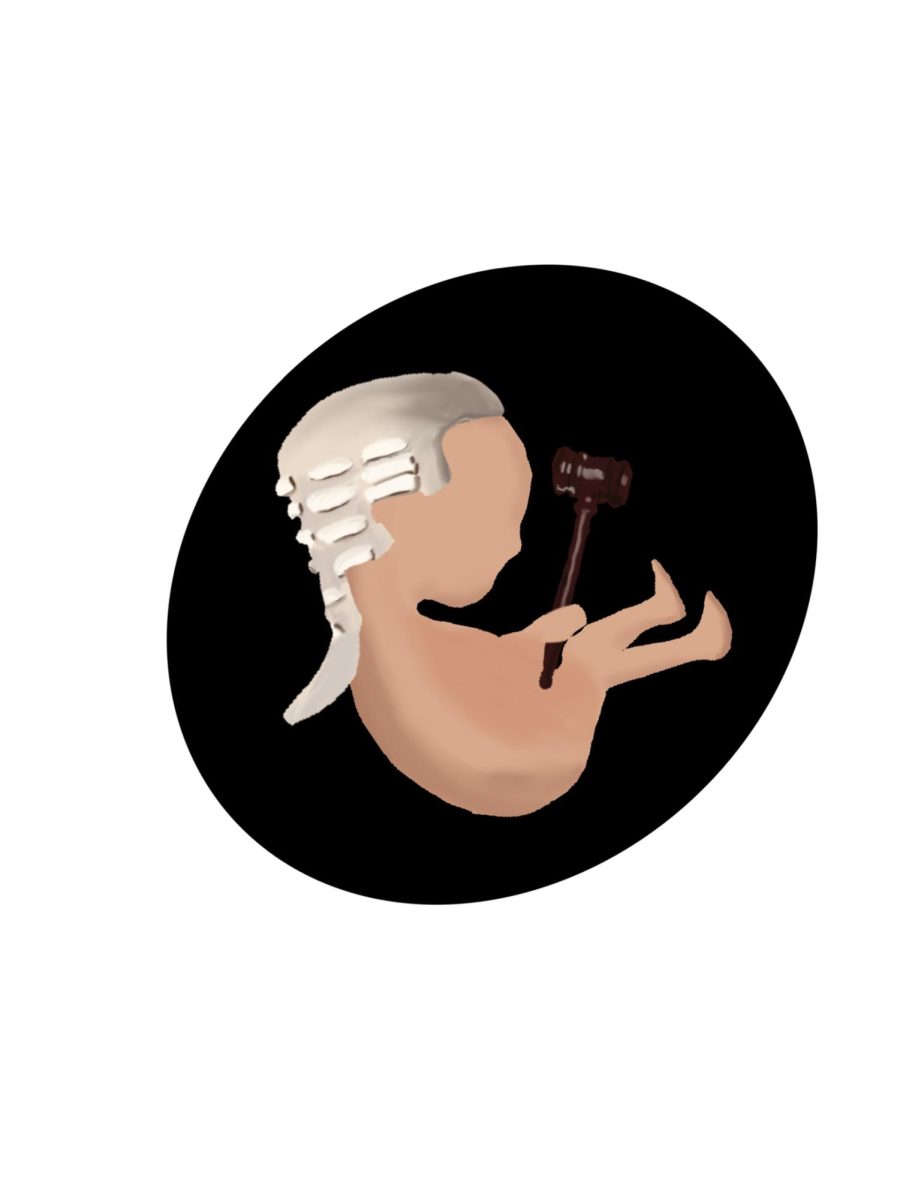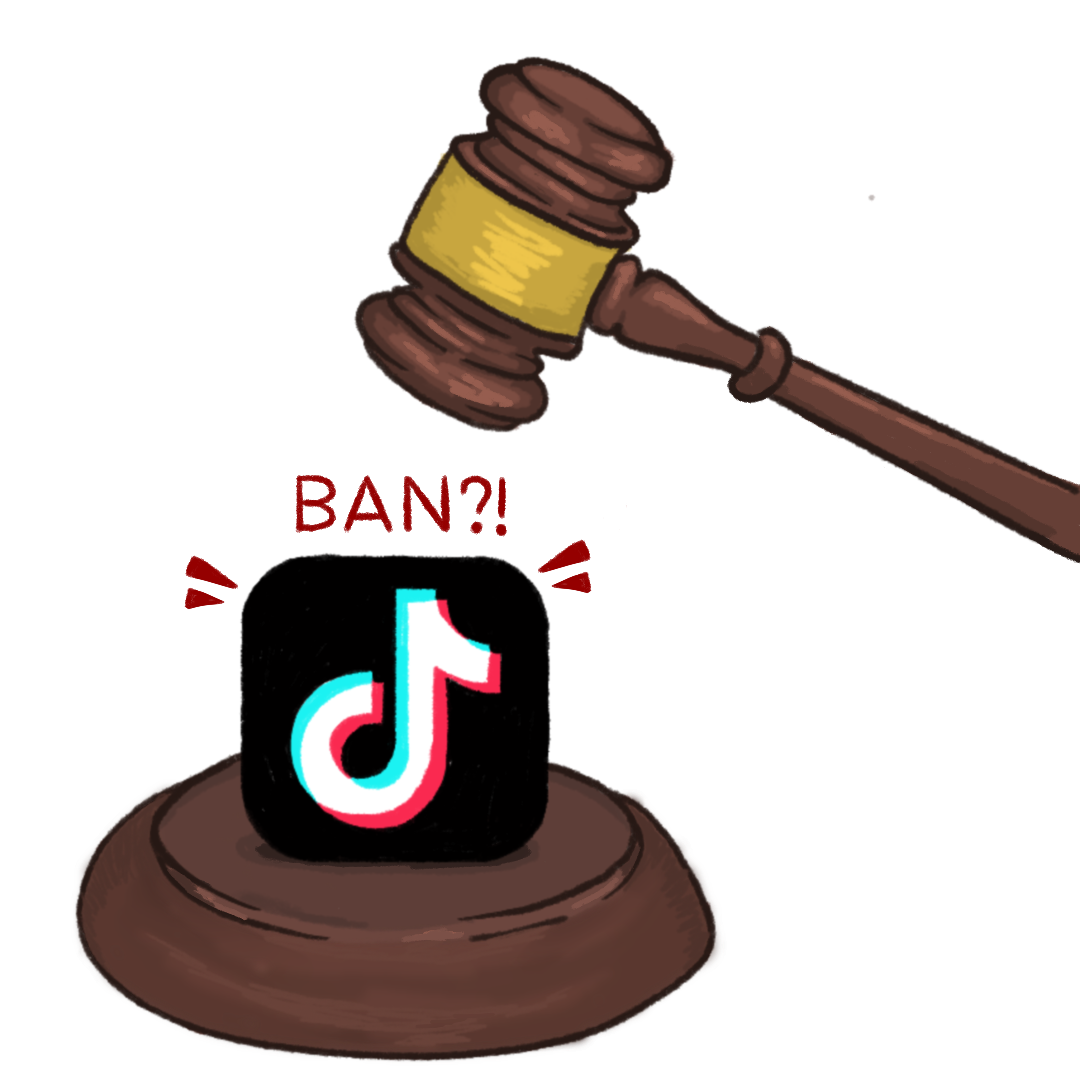As the job market becomes ever more daunting, competition in the classroom has reached new heights. Students are utilizing an array of resources to better their academic performance: traditional options like group study, databases and SI sessions as well as developing options like educational apps and “smart drugs.”
Coined as “smart drugs” or “study aids,” Adderall, Dexedrine, Vyvanse and other ADHD medications have established themselves in the academic realm. Their abuse is often viewed with less concern than other drugs because, in prescribed cases, the drug is legal and helpful.
Attaining study aids is simple. Numerous students are prescribed the medication, and, though limited, refills are generally covered by health insurance. Thus, the benefit of sharing with friends or selling to classmates outweigh the cost.
Legal repercussion ought to be weighed in, despite the relaxed view people have towards controlled substances compared to illegal substances.
Justifying use with suggestions that one probably has ADHD or that one’s intentions in using the drug are good shouldn’t be a factor when deliberating the issue of law.
Students report mixed reactions to the drug, but the overwhelming result is increased mental focus and productivity. Personal experiences are unique, and adverse effects are difficult to foresee.
Increased focus has its price. Creativity is hampered when the mind is unable to stray away. Though more productive on Adderall, those who value creativity may want to think twice before using it. Realizing an idea and putting an idea in action are two different tasks.
ADHD medication is an amphetamine-based drug, therefore it also offers a sense of euphoria. The abuse for the high have been so widespread that non-amphetamine medications, like Strattera, have been released to quell concerns of addiction sweeping the nation.
The initial purpose of these drugs is clear: treat ADHD symptoms such as concentration problems, forgetfulness, hyperactivity and an inability to finish tasks. However because the symptoms of the disorder are common, some experts claim that anyone would fit at least two of the criteria.
Texas neuroscientist Dr. Bruce Perry questioned the ADHD diagnosis further with his infamous claim that ADHD is “best known as a description” and that the disorder isn’t a real disease.
Those who have yet to be diagnosed with ADHD can often receive a prescription from a local doctor or psychiatrist with only their word (sometimes researched in advance) to back up their case because there is no standardized clinical test to diagnose the disorder.
Depending on one’s perspective, the accessibility and effect of ADHD medication may be exciting or alarming. Quick fixes have their allure, but the possibility of abuse and/or addiction concerns others.
The pharmaceutical industry’s reputation is in decline. Namely, the price of medication and the disproportion of funds going towards advertising instead of research have contributed to the shift in public opinion.
Better research can be a comfort for those concerned about the quality of their medication, but the issue of “study aids” won’t be put to rest by safer products. When it comes down to it, any prescription drug will have risks, no matter how safe it is.
When deciding to use a “study aid,” one must weigh the benefit of its effect against the side-effects expected. Along with the side-effects, one must weigh the best possible result achieved from the “study aids” against the cases of reliance and addiction other students have experienced.
Quick fixes require careful examination, and a look into the long-term can be sobering.











